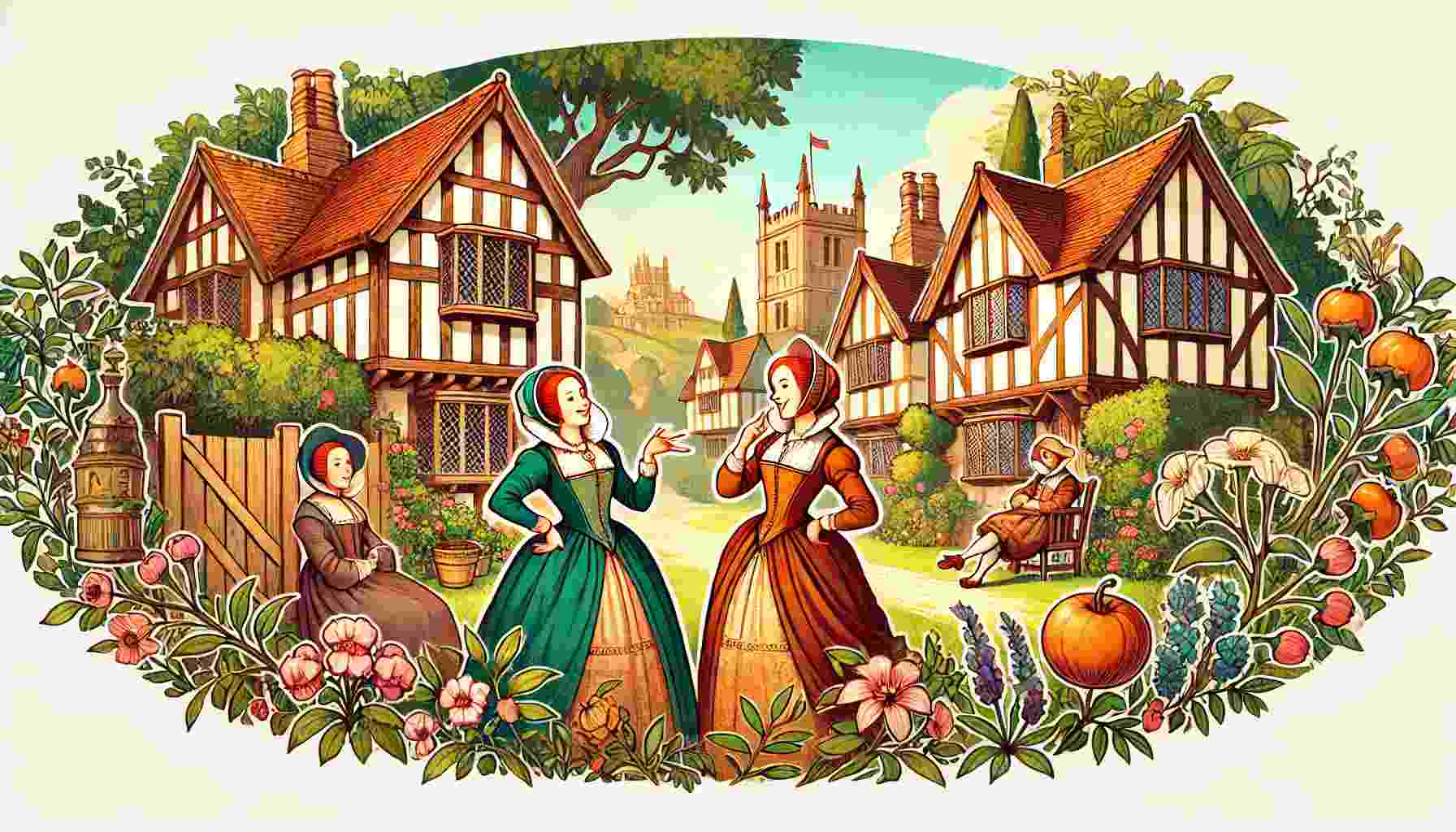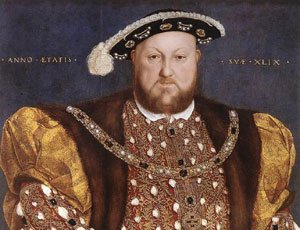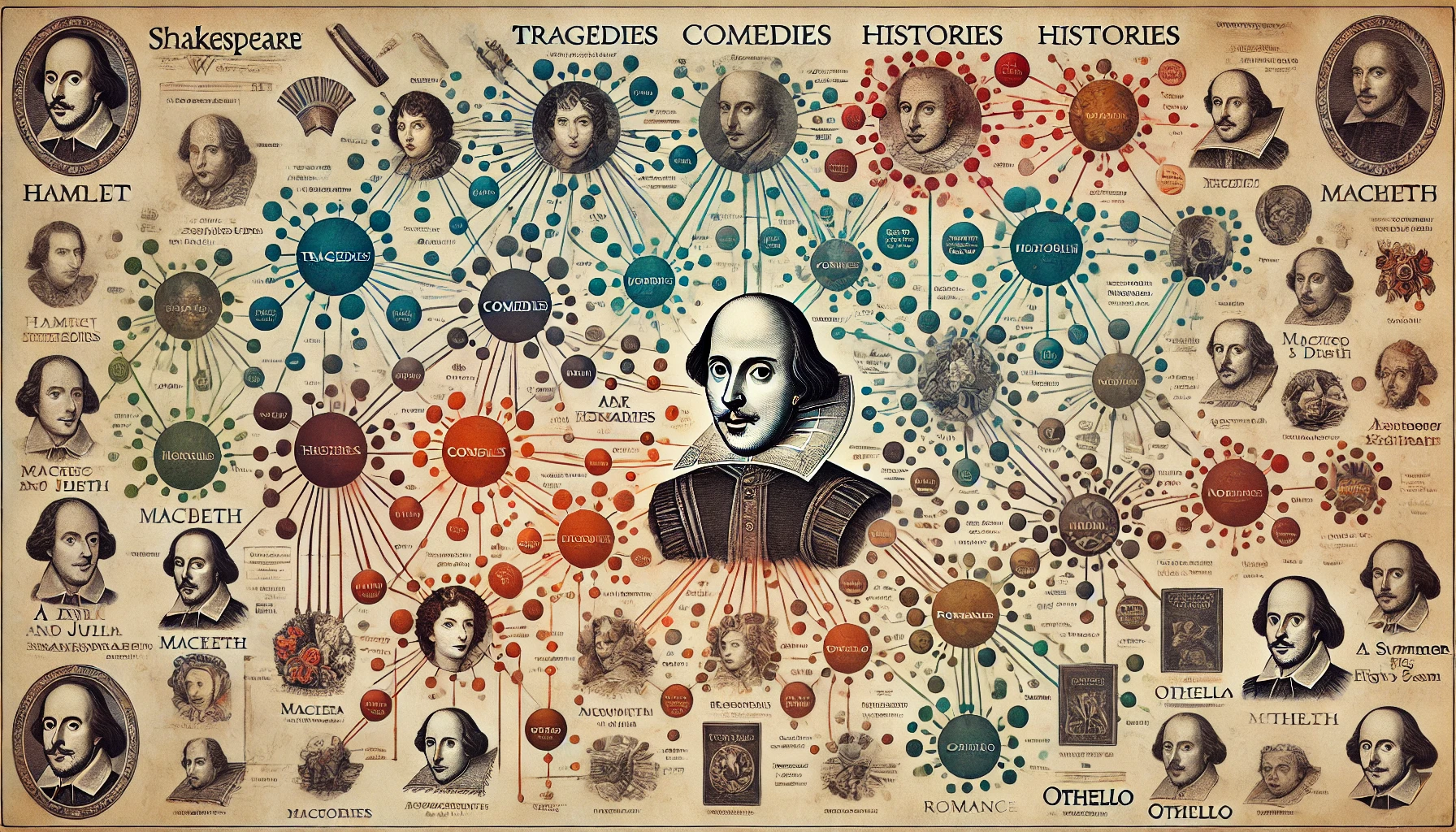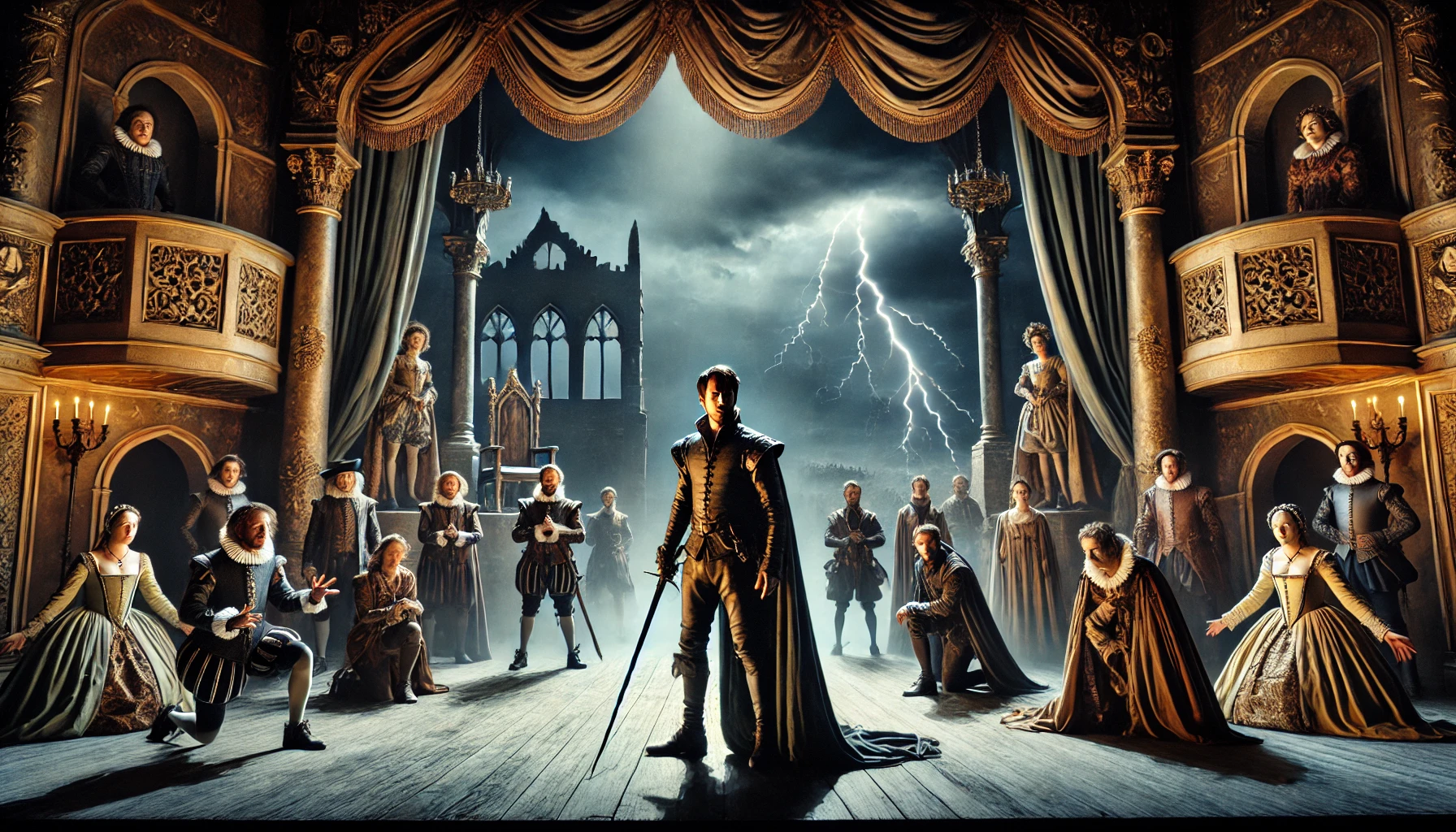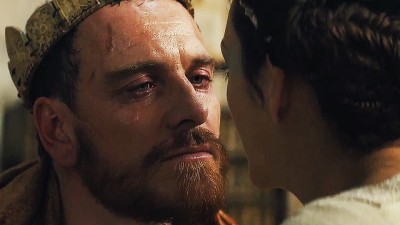What we know of Sir Thomas Malory the man, we know in essentials from his book. Assuming that the knight of the document and the knight-author of the book era the same, we can say that he was born in the early years of the 15th century. All suggests a man of violent temperament much given to lawless action.
He seems to have been a respectable enough person in his youth, but in 1451 he got in difficulties with the law that lasted the rest of his life. He escaped from prison after his first arrest, twice breaking into and plundering the Abbey of Coombe, extorting money from various persons and committing rape. The years of the war of the Roses were violent ones and a man might at times feel himself
justified in taking the law into his hands to recover what had wrongfully been taken from him; Malory pleaded innocent of all charges, but one suspects that he took the law into his own hands with unnecessary enthusiasm. How much time Malory was in prison is not known, but he was surely prisoner in 1458 after he had supported an unsuccessful Lancastrian revolt against the Yorkist King
Edward IV, who specifically excluded Malory from two amnesties granted to the Lancastrians. It was probably in prison that he become engaged on the Morte Darthur; he was still prisoner when he completed it and may have died there. The book was printed and edited in 1485 by William Caxton, the first English printer. Arthurian romance, of which Malory’s book is a compilation, is a body of highly diverse narrative materials that originated at various times among various peoples and that only gradually became associated with the name of Arthur.
Arthur himself was probably a British or Roman-British leader who resisted the Anglo-Saxons invasions of England in the 16th century, but his historical reality is less important than the legendary role he played as the great figure around whom the medieval ideal of chivalry flourished. Chivalry is the code that governs the actions of the knight-adventurer who rides out in search of wrongs that he
may right, typically in search of ladies, whom he may rescue from monsters, churls and wicked knights.
Malory’s book is attractive not only because it is the best and most complete treatment of the story of Arthur and his knights, but also because it is one of the greatest pieces of prose in English.
Malory was the first English writer to make prose as sensitive an instrument of narrative as English poetry had always been. No matter how extravagant the adventure Malory is recounting, he always manages to give it a hard base of realism. He is in particular a master of naturalistic dialogue, with which he keeps his narrative close to earth.
DEATH OF DARTHUR
Death of Darthur is the title given to the book by Caxton. Although it rightly emphasizes the tragic nature of the ending, is misleading; for the bulk of the work is taken up with the separate adventures of the Knights of the Round Table. Prominent among them is Sir Lancelot, the “ head of all Christian knights”, but compromised by his fatal liaison with Arthur’s queen and torn between the
incompatible loyalties that bind him as an honorable knight, on the one hand, to his Lord Arthur and, on the other, to his Lady Guinevre. After Lancelot has been admitted to the queen’s chamber, the jealousy and malice of two knights forces the affair into open and nothing can avert the breaking up of the fellowship of the Round Table and the death of Arthur himself. Malory’s Morte Darthur exercised a profound influence over English writers. With historical hindsight it could be said that Malory, the greatest prose writer of the 15th century, was composing a prose elegy to the dying age of aristocratic chivalry.
Traduzione
THOMAS MALORY (C.1405-1471)
Ciò che sappiamo di Sir Thomas Malory l’uomo, lo apprendiamo essenzialmente dal suo libro. Supponendo che il cavaliere del documento ed il cavaliere- autore del libro siano la stessa persona, possiamo dire che egli nacque nei primi anni del XV secolo. Tutto suggerisce un uomo dal temperamento violento, molto dedito all’azione fuorilegge. Egli sembra essere stata una persona abbastanza rispettabile durante la sua gioventù, ma nel 1451 ebbe problemi con la legge,
cosa che rimase per il resto della sua vita. Egli scappò di prigione dopo il suo primo arresto, la seconda volta facendo irruzione e saccheggiando l’Abbazia di Coombe, estorcendo denaro a diverse persone e commettendo stupro. Gli anni della Guerra delle due Rose furono violenti e l’uomo potrebbe alle volte sentirsi giustificato nel farsi giustizia da solo per rifarsi di ciò che ingiustamente è stato tolto a lui; Malory si dichiarò innocente di tutti i capi d’accusa, ma qualcuno
potrebbe sospettare che si facesse giustizia da solo con superfluo entusiasmo.
Non si sa quanto tempo Malory passò in prigione, ma era sicuramente prigioniero nel 1458 dopo aver appoggiato una rivolta senza successo dei Lancaster contro il re Edoardo IV della casata degli York, che escluse in particolare Malory da due amnistie concesse ai sostenitori dei Lancaster. Probabilmente si trovava in prigione quando cominciò ad occuparsi di Morte Darthur; era ancora prigioniero quando la completò e probabilmente è morto lì. Il libro fu stampato e pubblicato
nel 1485 da William Caxton, il primo stampatore inglese. Il Romanzo D’Artù, di cui il libro di Malory è una raccolta, è formato da molto materiale narrativo diverso, che ha dato origine a svariati tempi tra svariate popolazioni e che solo gradualmente è stato associato al nome di Artù. Artù stesso probabilmente era un capo britannico o romano-britannico che si oppose alle invasioni in Inghilterra degli Anglo-Sassoni nel XVI secolo, ma la realtà storica è meno importante del ruolo leggendario che egli svolse come figura attorno alla quale l’idea medievale della cavalleria fiorì. La Cavalleria è il codice che governa le azioni del cavaliere avventuriero, il quale compie una missione in cerca di stolti da rimettere sulla retta via, generalmente in cerca di dame, da trarre in salvo da mostri, villani e perfidi cavalieri.
Il libro di Malory è interessante non solo perché è quello che tratta meglio della storia di Artù e dei suoi cavalieri, ma anche perché è una delle più grandi opere di prosa inglese. Malory fu il primo scrittore inglese a rendere la prosa strumento sensibile della narrativa tanto quanto la poesia inglese è sempre stata. Non importa quanto stravagante sia l’avventura che Malory sta raccontando, egli sempre riesce a conferirle una dura base di realismo. Egli è in particolare maestro del dialogo verista, con il quale rende la sua narrativa più vicina alla terra
MORTE D’ARTÙ
Morte D’Artù è il titolo dato all’opera da Caxton. Sebbene enfatizzi giustamente la tragica natura della fine, è fuorviante; per la mole di lavoro viene associata alle separate avventure dei Cavalieri della Tavola Rotonda. Famoso tra questi è Sir Lancillotto, il “capo di tutti i cavalieri Cristiani”, ma compromesso dalla sua fatale relazione con la regina d’Artù e combattuto tra le lealtà a cui è vincolato come onorevole cavaliere, da un lato, al suo Signore Artù e, dall’altro, alla sua Signora Ginevra. Dopo che Lancillotto ebbe il permesso di accedere alle stanze della regina, la gelosia e la malizia di due cavalieri portarono la faccenda allo scoperto e nulla poté impedire la rottura della fratellanza della Tavola Rotonda e la morte stessa di Artù.
La Morte D’Artù di Malory esercitò una profonda influenza sugli scrittori inglesi. Col senno di poi a livello storico si può dire che Malory, il più grande scrittore di prosa del XV secolo, stava componendo un’elegia prosastica sul periodo di morte della cavalleria aristocratica.
